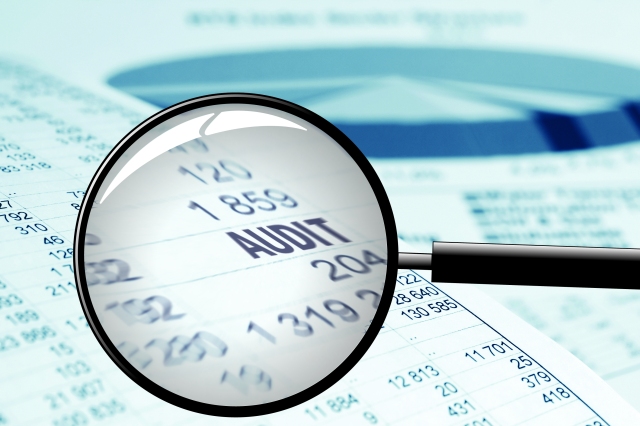Episode 1 with Ben Clymer
He was not interested in finance/consulting career and realized that after his role in banking. Started writing about grandfather’s watch on Tumblr and then Squarespace. It started off as a hobby. Back then, finance was the place where everyone wanted to be.
The first Hodinkee post was about the Eric Clapton’s Paul Newman Daytona. Gandhi’s watch, Einstein’s watch started coming up for sale at that time. He definitely has a flair for writing/photography and wanted to marry the two things together. The whole journey has been fun, especially meeting the press, going on press trips etc. Not many believe that one can start a career in the watch industry. The press trip by AP in 2009 was exceptional and really eye-opening, and it was really surreal. The hyper-lux world isn’t something that many are familiar with and can relate to.
Meeting Jay Z and writing for him, as well as meeting John Mayer were moments he knew that times changed and that Hodinkee was for real. Hodinkee started selling straps with vintage feel at the start. John Mayer also started writing for Hodinkee in 2012. He was also the first to be filmed for the Talking Watches series. The moment Stephen and Will joined were also massive highlights.
Hodinkee has a staff strength of 28 now, including full-time designers and engineers. In 2014, a large company offered to purchase the brand. In 2015, Watchville was launched. Other editors that were hired included Jack, Cara, John, James etc. Hodinkee’s audience is really educated and sophisticated.
Most of the time, it isn’t the best idea to get a cheap version of a certain watch model and it’s better to get the best version of a particular watch. Some of the common questions that people ask are what are the good investment pieces? Can you get me a discount on a watch? How does the name Hodinkee come about? Hodinkee means wristwatch in Czech.
Hodinkee is good at being the bridge between the hyper-lux world and reality. There could certainly be room for improvement in the watch boutique experience. As people decided to buy watches because of Hodinkee’s articles, this showed other watch brands the power of marketing. This proves that Hodinkee has plenty of might in terms of marketing and their e-commerce site. Almost all their limited editions have been sold out. Hodinkee propagated the love for vintage watch and new watches that had a vintage vibe. The ideas behind the limited editions are truly an organic process and fun. Almost all the limited editions have been great successes.
Ben’s grandfather gave him a Mark 40 Omega chronograph when he was 16, and that started Ben’s love for watches. Cars and cameras are a big thing for Ben as well. He plans to stick around to grow Hodinkee further. Success is not guaranteed even if you were successful before with a previous venture. Success is never easy.
Episode 2 with Gary Shteyngart
He wrote an article on watches for the New Yorker in 2017. His upcoming book is ‘Lake Success’. Gary is an author and watch collector and a strap tanner. His watch collection started in 2016 and he was originally from Russia. One of his first few watches is the Junghans Maxbill (Bauhaus design), Nomos. Mid 20th century was an awesome period. He grew up with an electronic Casio musical watch. His taste isn’t gaudy, but is anti-ostentatious and doesn’t want people to notice them. In the past, watches for most appeared to be too large.
The signaling of watches is very important, especially in rich cities like Singapore. It is a natural breeding ground for luxury watches. The watch community is so small, but meeting someone who is into watches is incredibly inspiring. Watches are certainly a very pricey hobby, especially if you are vintage Rolex. If you are bad at driving, a Rolex Daytona just doesn’t fit your image. Gary loves GMTs and divers. Desk divers are great as well and it helps to aspire to things. The Omega Speedmaster has a rich heritage as it has been to the Moon and is commonly known as the Moonwatch. William Gibson is one of Gary’s inspirational writers.
Gary bought a Rolex Explorer 1016, which is simply a lovely watch. He owns a 1675 GMT-Master II, and a Patek 3445. The vintage market is kind of heated, unfortunately. To him, movements are important but they are more difficult to understand, unlike dials. Seamasters with the 321 movements are super rare and desirable. The one watch man is simply a dream to many, like an aspirational goal, like a unicorn. As a matter of fact, faux-patina is not something that he fancies.
Nostalgia is a big thing in the watch industry nowadays. With a trend of nostalgia, how will brands create anything new and appealing to the market? Oak and Oscar borrows vintage cues, but makes it modern as well.
When you own a mechanical watch, you believe in the traditional craft and the beauty of time. However, when you check the time on a phone, you are constantly distracted. It’s like physical books, there will still be a market for it. The apple watch does different things as compared to mechanical watches, and is unlikely to displace them. It probably isn’t a good idea to treat watches as investments. There are plenty of good vintage watch finds in El Paso.
Episode 3 with Rian Johnson
He directed the latest Star Wars film. Twitter is like a war. Rian is wearing a beautiful Rolex Explorer 1016 (1965) with a tropical dial (caramel colour). There is an element of engineering to screenplay. He doesn’t like writing, but he is a producer and director at times. Rian obviously prefers being the director. He bought a Speedmaster (pre-moon, 1969) when he was picked for Star Wars. Each of his watches has a story, and says a bit about particular moments of his life. Sometimes, you even know the history of the watch that you own if it’s pre-owned. Now, he has appreciated vintage watches. He wore his dad’s watch during film shooting, in order to re-connect with him as he passed away. Patek’s 3417 Amagnetic is one of his grail pieces.




